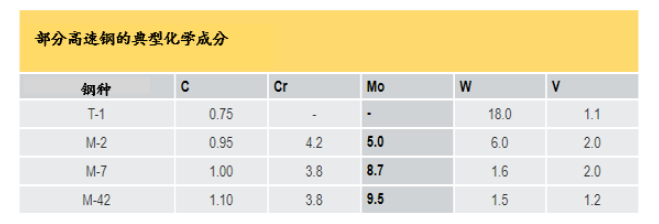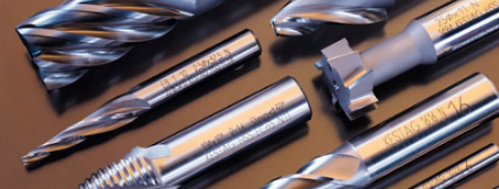Tool steel and high-speed steel
Tool steel and high-speed steel
Take you to understand molybdenum alloy steel-tool steel and high-speed steel
One of the earliest applications of molybdenum was as a cost-effective alternative element for tungsten in tool steel and high-speed steel. The atomic weight of molybdenum is about half that of tungsten, so 1% molybdenum is approximately equivalent to 2% tungsten. Because these high alloy steels are used for the processing, cutting and forming of metal parts, they must have high hardness, high strength and good toughness in a wide temperature range.

Impression die made of cold work tool steel K190 (C2.3%, Cr12.5%, Mo1.1%, V4.0%) @ Boehler Edelstahl
Tool steel
Molybdenum improves the hardness and wear resistance of tool steel. By reducing the "critical cooling rate", molybdenum can promote the formation of the best martensite matrix, even in large and complex molds that cannot be quickly cooled without deformation or cracking. Molybdenum also produces a large number of extremely hard and wear-resistant carbides together with chromium and other elements. As the requirements for tool steel increase, the molybdenum content also increases.
| Mo content in tool steel | |
| Type of steel | Mo |
| Plastic mold steel | ≤0.5 % |
| Cold work steel | 0.5-1.0 % |
| Hot work steel | ≤3 % |
High speed steel
When the content of molybdenum, tungsten and vanadium in tool steel exceeds 7% and the content of carbon exceeds 0.60%, they are called high-speed steels. The term describes their ability to cut metal at "high speed". Before the 1950s, T-1 containing 18% tungsten was the first choice for cutting steel. However, due to the development of controlled atmosphere heat treatment furnaces, replacing part or all of tungsten with molybdenum has become feasible and cost-effective.

The addition of 5-10% molybdenum can effectively maximize the hardness and toughness of high-speed steel, and maintain these properties at the high temperatures generated by cutting metal. Molybdenum also has another advantage: at high temperatures, if the size of the primary carbides of iron and chromium increase rapidly, the steel will soften and become brittle. Molybdenum, especially when combined with vanadium, can transform carbides into tiny secondary carbides (more stable at high temperatures), thereby minimizing this effect. The biggest use of high-speed steel is to manufacture various cutting tools: drills, milling cutters, gear cutters, saw blades, etc.

Milling cutter @Boehler Edelstahl
The effective cutting characteristics of high-speed steel have been further expanded by the use of thin and very hard titanium carbide coatings, which reduce friction and improve wear resistance, thereby increasing cutting speed and tool life.
Molybdenum-containing high-speed steel has excellent high-temperature wear resistance, and is an ideal material for new applications such as automobile valve seats and cam rings.




